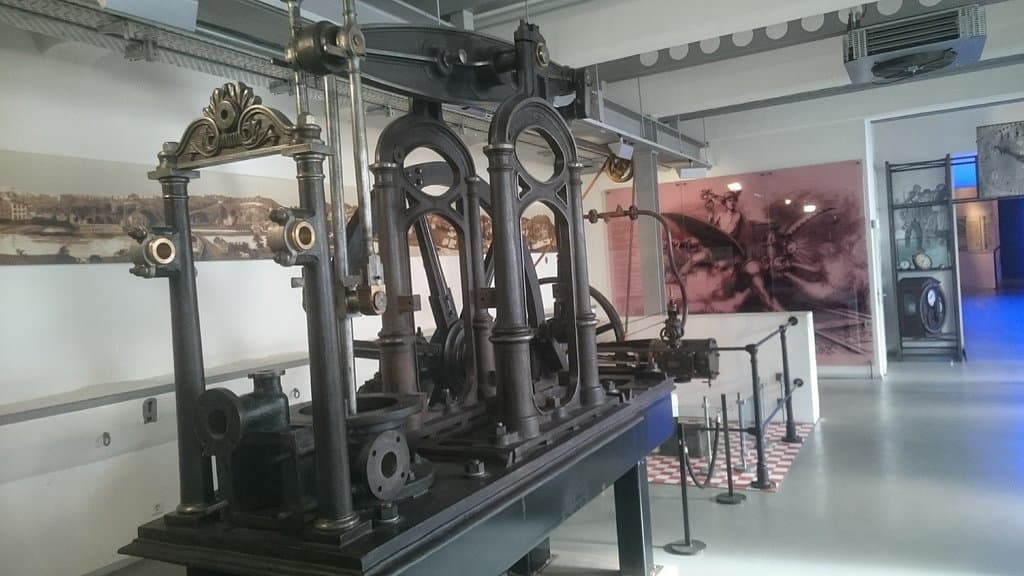
Museum für Frühindustrialisierung
Explore Wuppertal's industrial past, from intricate textile machinery to the lives of 19th-century workers.
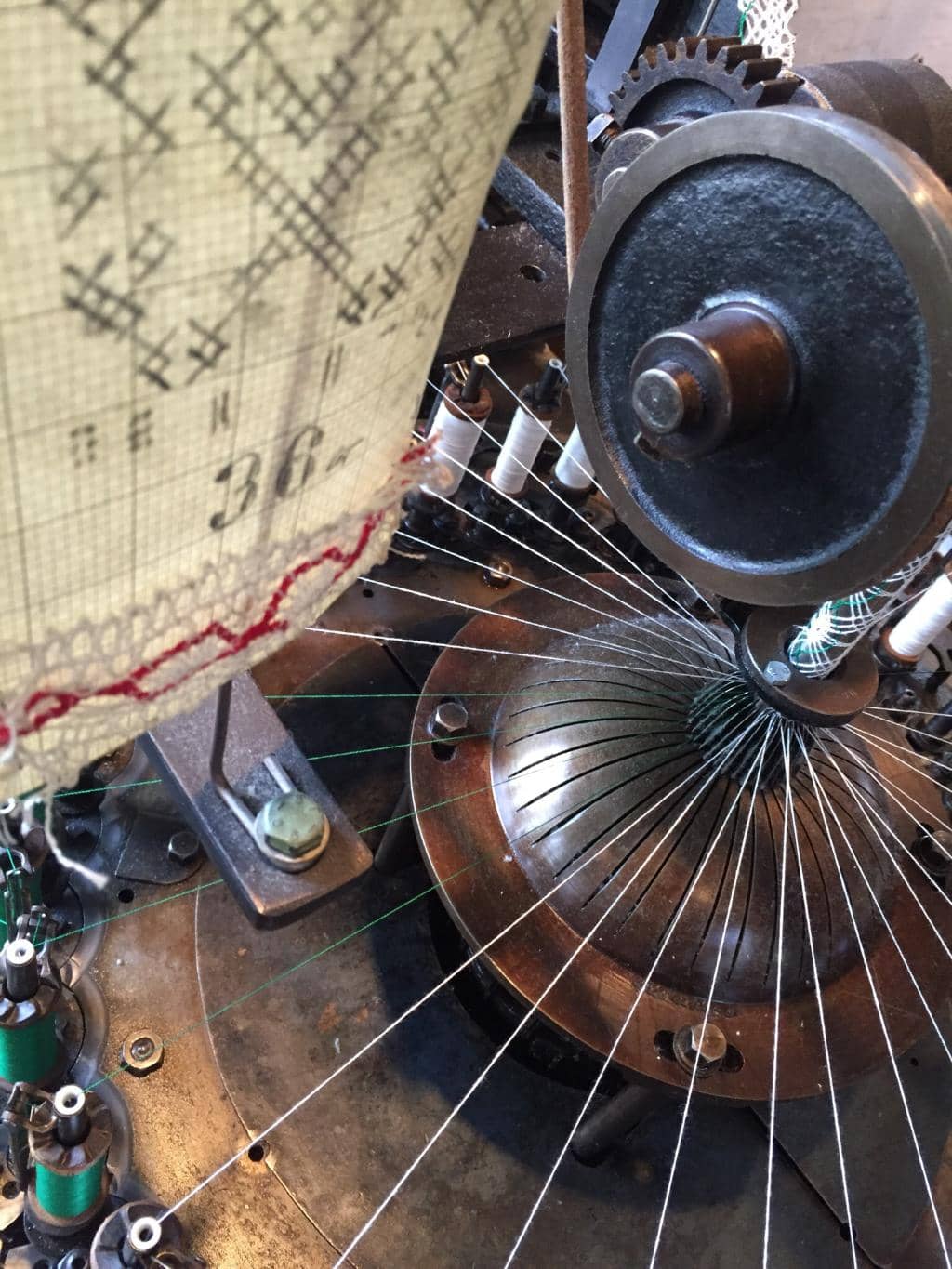
Highlights
Must-see attractions

Social
From TikTok & Reddit
Best Time
Fewer crowds, more focused viewing

Museum für Frühindustrialisierung
Best Time
Fewer crowds, more focused viewing

Highlights
Must-see attractions
Explore Wuppertal's industrial past, from intricate textile machinery to the lives of 19th-century workers.
"Fascinating textile machines and history of the industry, though English info is limited."
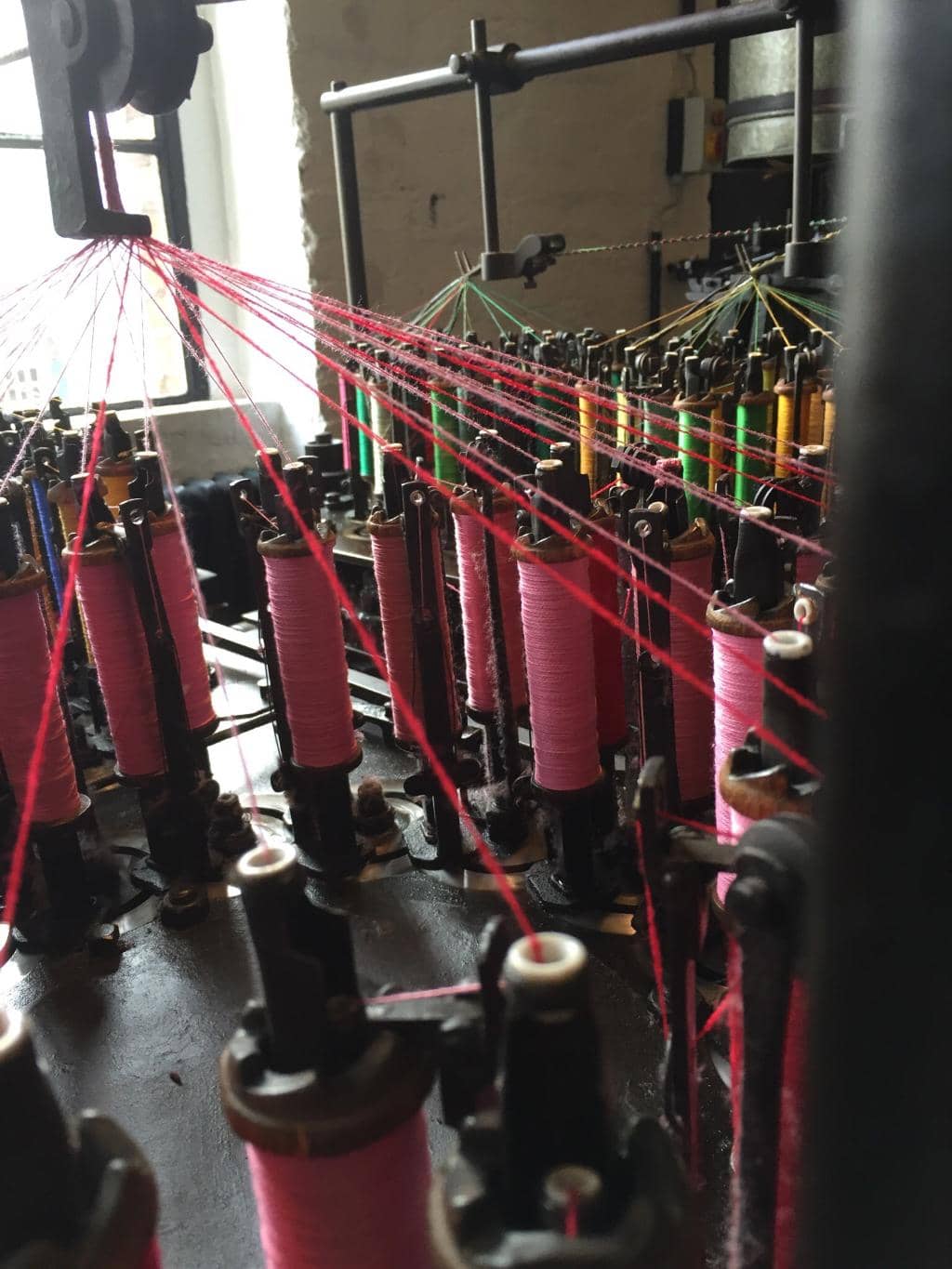
Check Opening Hours First
Confirm current hours online as renovations can affect access. :clock1:
Bring a Translation App
Most exhibit info is in German. An app helps understand the history better. :iphone:
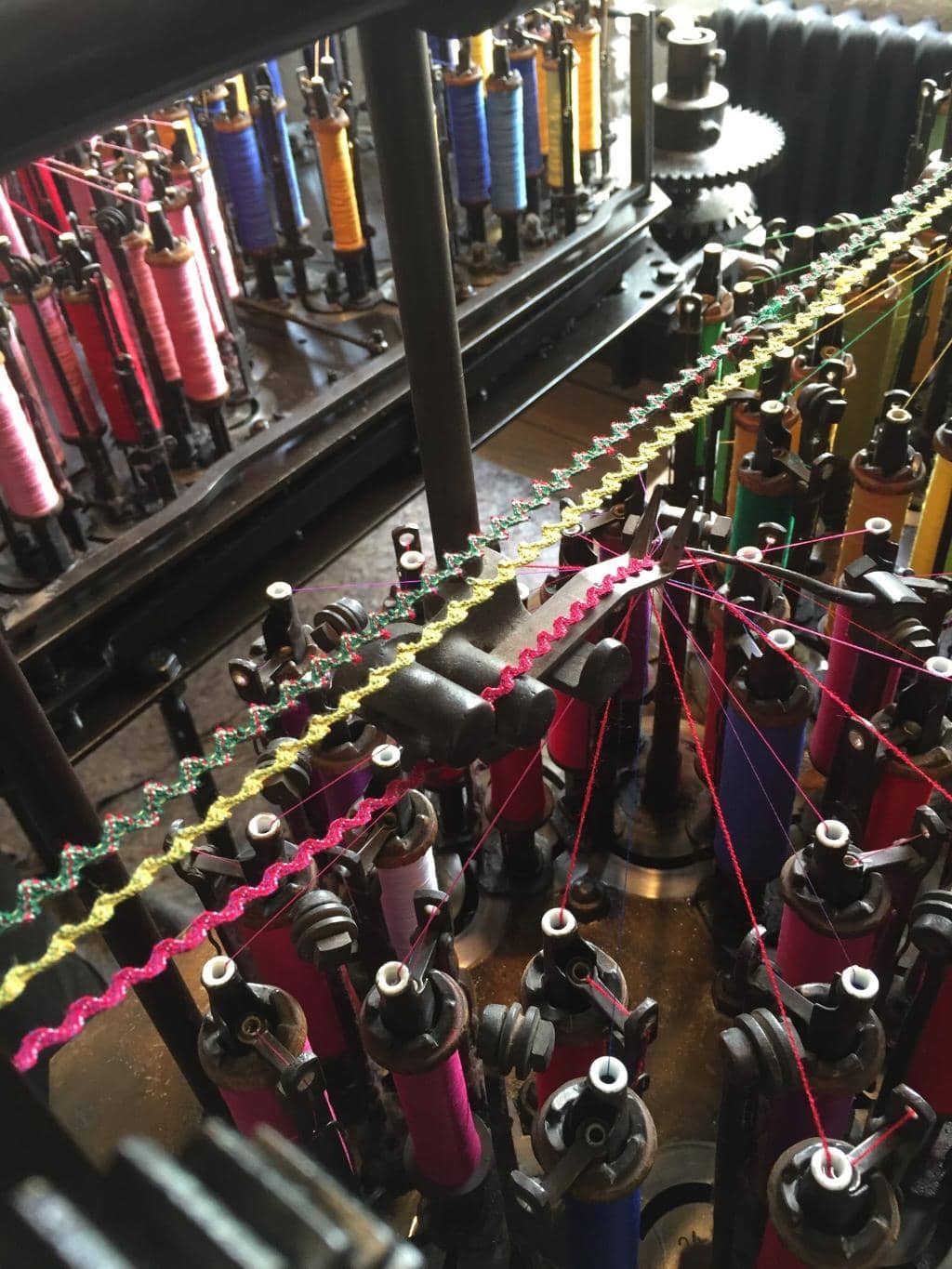
Highlights
Discover the most iconic attractions and experiences
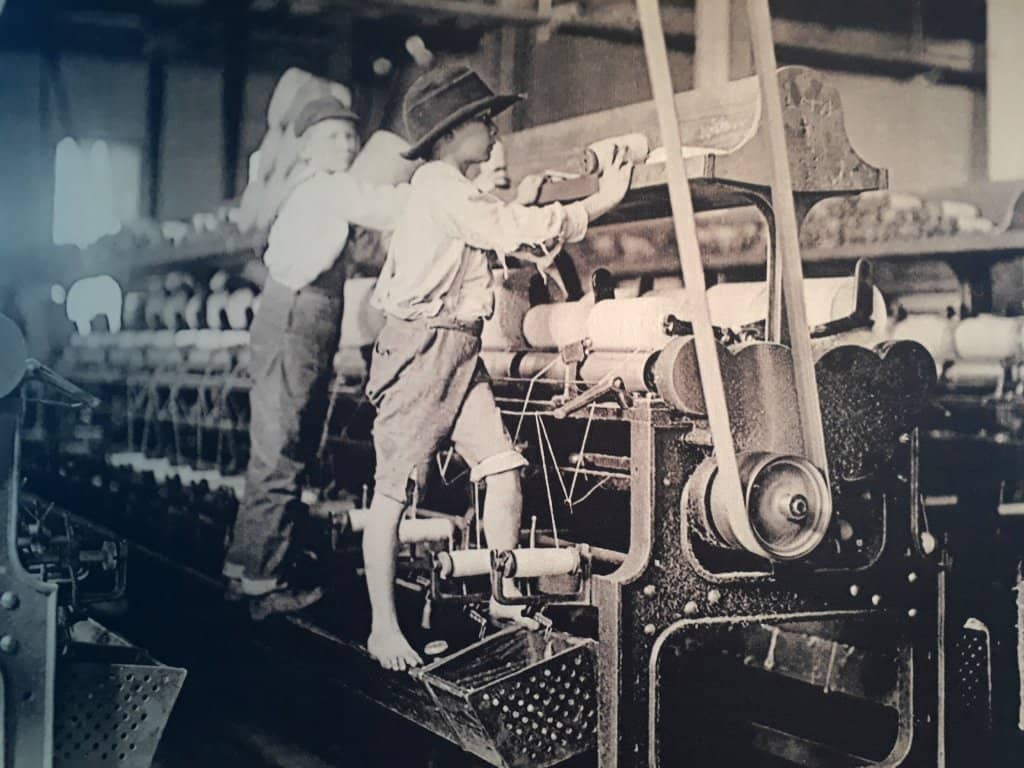
Textile Machines
Main Exhibition Hall
Witness fascinating historical textile machinery and understand the evolution of the industry.
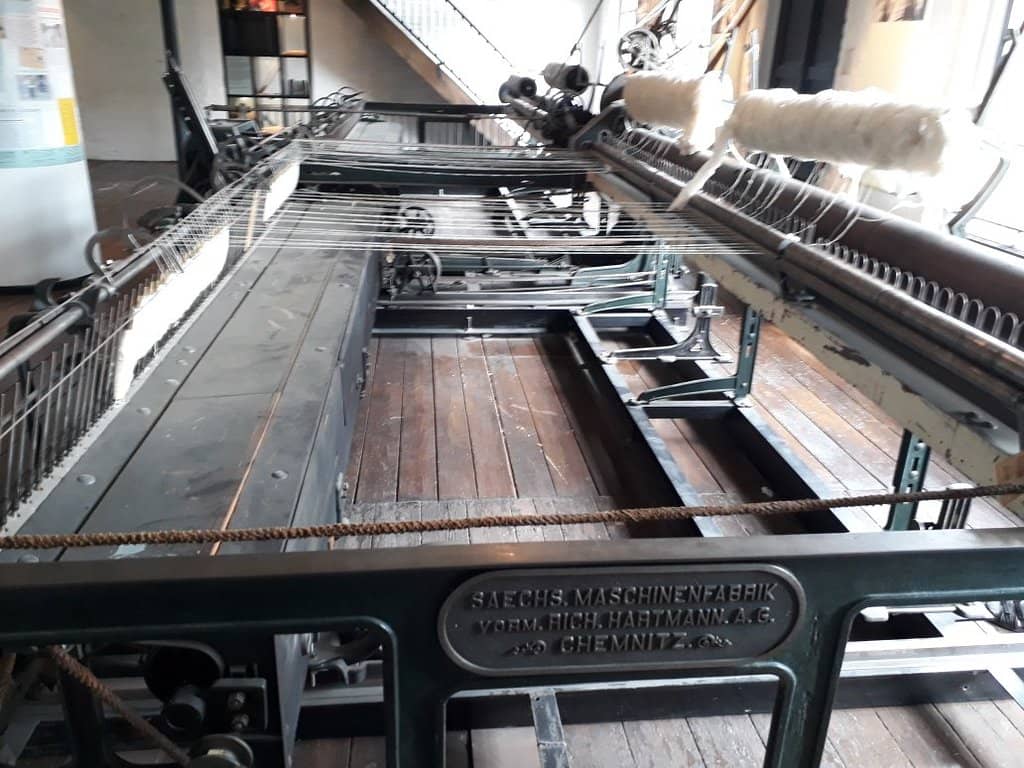
Worker's Lives
Exhibition Rooms
Gain insight into the challenging working conditions and child labor of the 19th century.
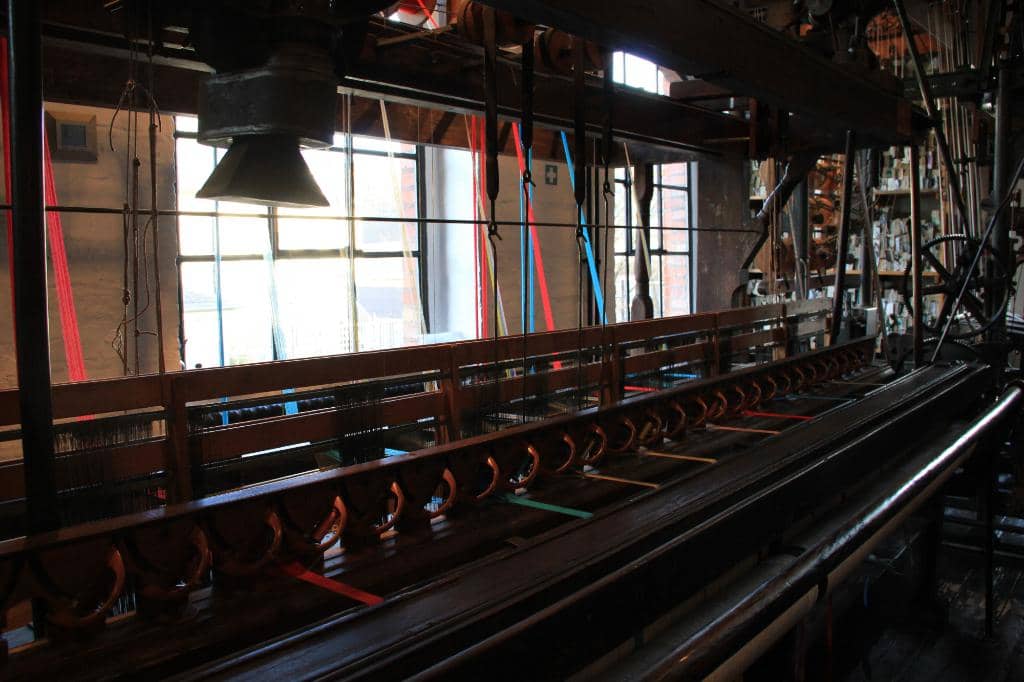
Wuppertal City Model
Special Exhibition Area
Explore a detailed digital model of Wuppertal from the 1930s, a key part of the new exhibition.
Plans like a pro.
Thinks like you
Planning Your Visit
Plan Your Visit: Renovation Status
Language & Accessibility
Best Times
Insider Tips
from TikTok, Instagram & Reddit
Check Opening Hours First
Confirm current hours online as renovations can affect access. :clock1:
Bring a Translation App
Most exhibit info is in German. An app helps understand the history better. :iphone:
Combine with Schwebebahn
The iconic suspension railway is nearby and a must-see in Wuppertal. :train2:
Explore Cromford Park
Enjoy the beautiful park surrounding the museum for a relaxing break. :park:
Tips
from all over the internet
Check Opening Hours First
Confirm current hours online as renovations can affect access. :clock1:
Bring a Translation App
Most exhibit info is in German. An app helps understand the history better. :iphone:
Combine with Schwebebahn
The iconic suspension railway is nearby and a must-see in Wuppertal. :train2:
Explore Cromford Park
Enjoy the beautiful park surrounding the museum for a relaxing break. :park:
What Travellers Say
Reviews Summary
Visitors find the museum's collection of textile machines and insights into worker conditions interesting, especially given Wuppertal's industrial history. However, the primary drawback is the lack of English information, with many texts and videos being German-only, requiring visitors to rely on translation tools or provided booklets.
"Interesting textile machines to watch and history of this industry in wuppertal in addition to the status of workers. An English booklet was offered to us to try to follow the museum stops since all info and videos are in German only. Maybe at a later stage there will be translation for each text by its own and it would become more interesting."
loulou-azar projects
"This museum is closed (under construction) - unfortunately this is not really clear from the website (or Google maps)."
Paul van Noortwijk
"Closed for renovations until 2020"
Giovanni Vandewaetere
What People Like
What People Dislike
Frequently Asked Questions
🚇 🗺️ Getting There
The museum is accessible via public transport in Wuppertal. Consider using the famous Wuppertal Schwebebahn (suspension railway) to reach the vicinity, as it's a major city attraction itself. Check local bus and train schedules for the most direct route to the museum's area.
Information on dedicated parking is limited. It's advisable to check the museum's official website or local parking apps for available options in the surrounding area. Public transport is often recommended for visiting Wuppertal attractions.
🎫 🎫 Tickets & Entry
Opening hours can vary, and the museum has undergone renovations. It's crucial to check the official website or recent visitor information for the most up-to-date hours before planning your visit.
Admission fees are typically reasonable for this type of museum. Check the museum's official website for current ticket prices and any potential discounts for students, seniors, or groups.
While online ticket purchasing might not always be available, it's worth checking the museum's website. Purchasing tickets upon arrival is usually an option, but confirming hours is key.
Accessibility information can vary. It's recommended to contact the museum directly or check their website for details on wheelchair access, elevators, and other facilities for visitors with disabilities.
🎫 🧭 Onsite Experience
The museum focuses on the early industrial revolution in Wuppertal, particularly the textile industry, highlighting machinery, working conditions, and the lives of workers in the 19th century.
Guided tours may be offered, especially for groups. Inquire at the museum or check their schedule for any available English-language tours or information booklets.
A significant feature is a detailed digital model of Wuppertal from the 1930s, which plays a central role in the new permanent exhibition, offering a unique perspective on the city's past.
Photography policies can vary. Generally, non-flash photography for personal use is permitted, but it's best to confirm with museum staff or look for signage regarding photo restrictions.
While the focus is historical, interactive elements might be present. Check for any specific family-friendly exhibits or activities that could engage younger visitors.
🍽️ 🍽️ Food & Dining
Typically, smaller museums may not have extensive dining facilities. There might be a small cafe or vending machines. It's advisable to check the museum's website or plan to eat at nearby restaurants in Wuppertal.
Wuppertal offers a range of dining options, from traditional German cuisine to international fare. Explore the areas around the museum or the city center for local eateries and cafes.
📸 📸 Photography
Capture the intricate details of the historical textile machinery and the recreated workshop environments. The Wuppertal city model also offers unique photographic potential.
Always check for 'no photography' signs. Flash photography is usually prohibited to protect exhibits. Drone photography is generally not allowed inside museums.
For Different Travelers
Tailored advice for your travel style
👨👩👧 Families with Kids
To make the visit more enjoyable, consider focusing on the visual aspects of the exhibits. Discuss the scale of the machines and the different jobs people had. Bringing a translation app or asking for any available simplified guides can help explain the concepts. Visiting on a weekday morning might offer a less crowded environment, allowing children more space to explore.
🤓 History Buffs & Enthusiasts
Pay close attention to the original machinery and the explanations of the production processes. The inclusion of the 1930s Wuppertal city model adds a valuable layer for understanding urban development alongside industrial growth. Engaging with the historical context, perhaps by researching Friedrich Engels beforehand, will deepen the appreciation for the exhibits.
Deep Dives
In-depth insights and expert knowledge
The Industrial Heart of Wuppertal
Beyond the mechanics, the museum offers a poignant look at the human element of industrialization. Exhibits detail the working conditions, wages, and daily lives of the factory workers, including the often-harsh realities faced by children employed in the mills. This perspective is crucial for understanding the social impact of the industrial revolution and the historical context of figures like Friedrich Engels, who denounced such exploitation.
Recent developments include the integration of a digitally captured 1930s Wuppertal city model into the permanent exhibition. This innovative addition provides a visual narrative of the city's urban development and industrial landscape, offering a unique way to connect with Wuppertal's heritage. The museum aims to make this historical period accessible and engaging for all visitors.
Navigating Wuppertal's Unique Transport
When planning your visit to the Museum für Frühindustrialisierung, consider incorporating a ride on the Schwebebahn. It offers a different perspective of the city and connects various points of interest. The Hauptbahnhof (main train station) is a key hub for the Schwebebahn, making it a convenient starting point for exploring the city's industrial heritage.
While the museum itself might be more accessible via local buses or a short walk from a Schwebebahn station, the overall journey through Wuppertal is enhanced by its distinctive transport. Embrace the opportunity to experience this engineering marvel as you travel to and from the museum, adding another layer to your visit.
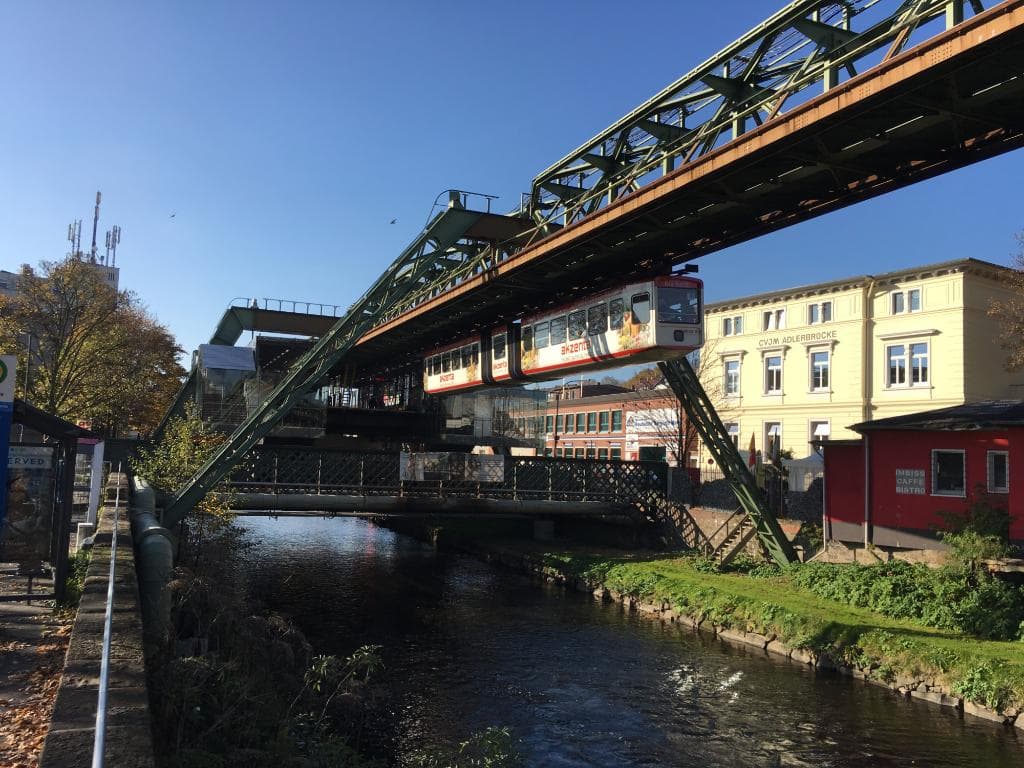

Social
from TikTok, Instagram & Reddit